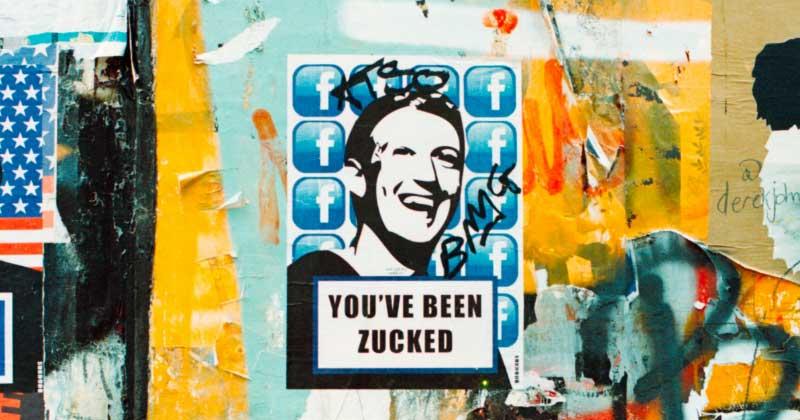
Bite-Sized Digital Advertising Series: Telling Social Networking Sites Apart, Pt. 2
Welcome to the Bite-Sized Digital Advertising Series!
This article is a continuation of our sub-series on social networking sites, where we outline the differences between social networking sites and how digital marketing strategies work on these sites. For this article, we’ll be discussing three competing image-focused social networking sites, as well as their pros and cons.
Let’s get to it!
Instagram, a photo sharing social networking site, boasts a whopping 1 billion active users as of 2019, making it the closest runner-up to Facebook’s claim as social networking king.
The photo sharing platform’s structure is straightforward: users upload a photo, optionally adding a built-in filter to enhance the photo, and other users can “like” or comment to the picture. Users can “follow” other users, which will automatically include the other users’ photo posts to a user’s timeline.
Instagram-native advertising is done through promoted posts. The platform’s proprietary algorithm (see the previous part for more details on proprietary algorithms) essentially multiplies a selected post’s organic exposure, promoting it to more users that it may ordinarily reach. There are some limitations to Instagram’s structure – for example, photo or image content is required for all posts, and hyperlinking in photo captions doesn’t work.
That said, Instagram has a high guaranteed audience population. If done properly, advertising on Instagram can result in high ROI.
Pinterest is a photo sharing platform with an estimated 290 million active users as of 2019. It differs from Instagram in many ways, the two most distinct differences being that Pinterest allows embed sharing (linking posts from their original site) and has an extensive bookmarking system (known as “pinboarding” or “pinning”).
Pinterest’s user base is predominantly female, ranging from 12-60 years old. The site is popular in particular among DIY enthusiasts, who use the site to collect visual inspirations for projects.
Because Pinterest allows for external links, the platform offers more control in how advertisements behave. Pinterest-native advertising requires graphics, as it’s a photo sharing platform, but it allows for posts to link to pages off-site, which means advertisers can link to their commercial sites.
Like Instagram, Pinterest also relies on proprietary algorithms when it comes to paid ad exposure and reach.
Tumblr
Tumblr, a microblogging site with a heavy focus on graphics, and which boasts an average of 400 million unique visitors monthly, is a unique inclusion to this list as an overwhelming majority of its users are in the 14-30 year-old age demographic.
Of the three photo sharing sites listed in this article, Tumblr is the most controversial for how its users have populated the platform with gender identity discourse and explicit adult material. After it was bought by Yahoo! Inc. In 2013, new policies on the site cracked down on content, to the displeasure of many of its users.
As of 2019, Tumblr is currently owned by Automattic, which also owns WordPress, a site-building platform.
Advertising on Tumblr is done through sponsored posts, which appear on users’ dashboards based on individual users’ profiled interests. Tumblr’s proprietary algorithm bases its ad exposure on keywords, utilizing the site’s extensive content tagging system to assist in post promotion and visibility.
These three photo sharing social networking platforms have their individual pros and cons. Choosing the right one for your business depends on your business’s goals and branding goals.
Stay tuned for the third and last part of our sub-series!




